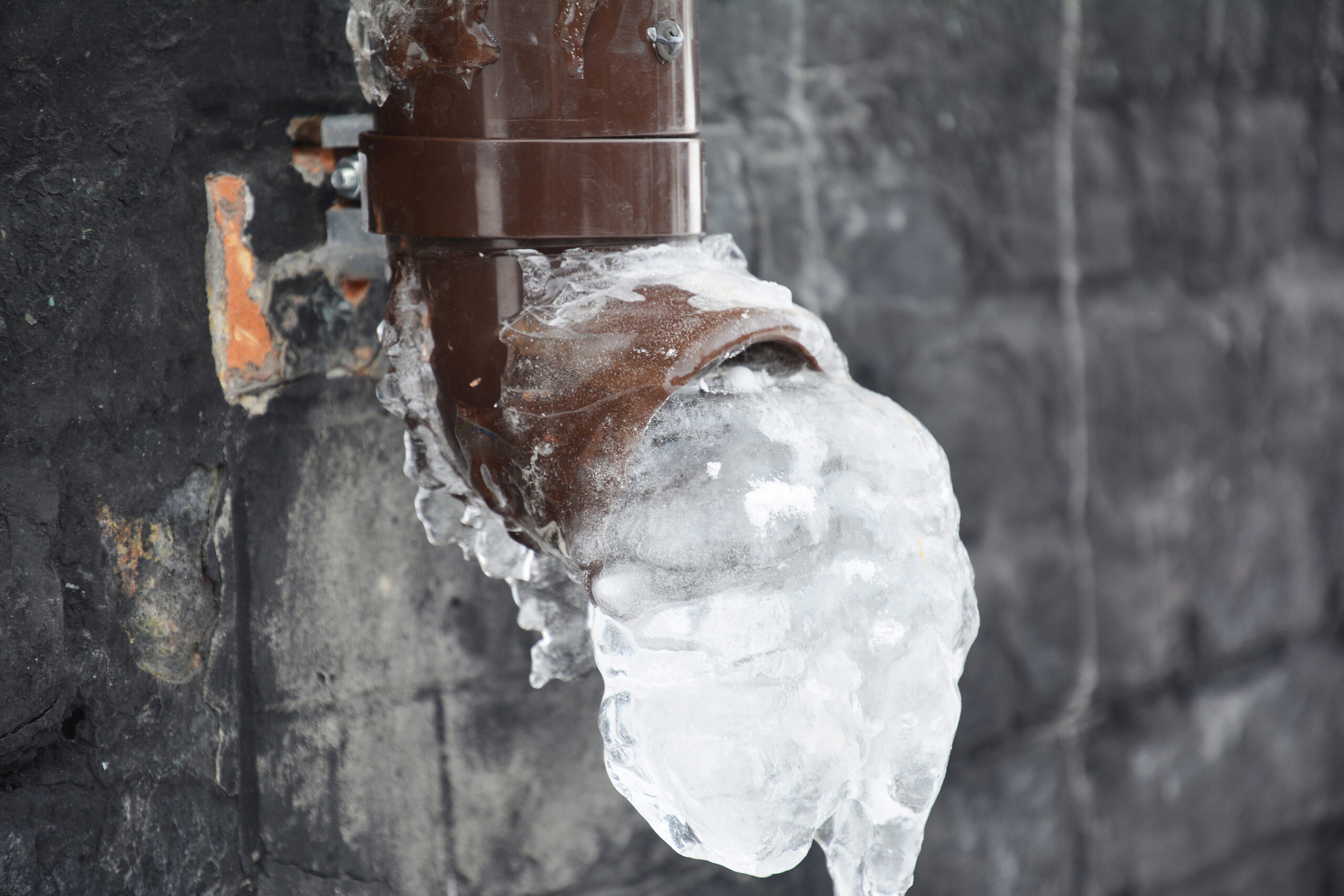Critical Approaches for Preventing Frozen Plumbing in Cold Weather
Critical Approaches for Preventing Frozen Plumbing in Cold Weather
Blog Article
They are making several good points related to Preventing and dealing with frozen pipes in general in the article beneath.

Cold weather can damage your plumbing, particularly by freezing pipes. Below's just how to stop it from occurring and what to do if it does.
Introduction
As temperatures drop, the threat of icy pipes rises, possibly causing expensive repairs and water damages. Comprehending how to stop frozen pipelines is vital for property owners in cool climates.
Avoidance Tips
Protecting vulnerable pipes
Cover pipes in insulation sleeves or make use of heat tape to secure them from freezing temperatures. Focus on pipelines in unheated or exterior areas of the home.
Home heating strategies
Keep interior areas properly heated up, specifically areas with plumbing. Open cupboard doors to enable cozy air to flow around pipelines under sinks.
How to determine frozen pipes
Try to find lowered water circulation from faucets, uncommon odors or noises from pipes, and visible frost on subjected pipelines.
Long-Term Solutions
Architectural adjustments
Consider rerouting pipes away from outside wall surfaces or unheated locations. Include additional insulation to attics, basements, and crawl spaces.
Upgrading insulation
Purchase high-grade insulation for pipes, attics, and walls. Correct insulation helps preserve constant temperature levels and lowers the danger of frozen pipelines.
Securing Outdoor Plumbing
Yard hose pipes and outside faucets
Disconnect and drain pipes yard hoses prior to winter months. Install frost-proof spigots or cover outdoor taps with protected caps.
Recognizing Frozen Pipes
What creates pipes to freeze?
Pipes ice up when exposed to temperatures listed below 32 ° F (0 ° C) for expanded durations. As water inside the pipes ices up, it broadens, taxing the pipeline wall surfaces and potentially creating them to burst.
Threats and problems
Icy pipes can lead to water supply disturbances, property damages, and pricey repair work. Ruptured pipelines can flooding homes and cause considerable architectural damage.
Indications of Frozen Pipeline
Determining frozen pipes early can avoid them from rupturing.
What to Do If Your Pipes Freeze
Immediate actions to take
If you believe icy pipelines, keep taps open up to eliminate pressure as the ice thaws. Utilize a hairdryer or towels soaked in warm water to thaw pipes gradually.
Conclusion
Protecting against frozen pipelines needs aggressive steps and fast responses. By recognizing the causes, indications, and safety nets, property owners can secure their pipes during cold weather.
6 Proven Ways to Prevent Frozen Pipes and Protect Your Home
Disconnect and Drain Garden Hoses
Before winter arrives, start by disconnecting your garden hoses and draining any remaining water. Close the shut-off valves that supply outdoor hose bibs and leave the outdoor faucet open to allow any residual water to drain. For extra protection, consider using faucet covers throughout the colder months. It’s also important to drain water from any sprinkler supply lines following the manufacturer’s directions.
Insulate Exposed Pipes
Insulating your pipes is an effective way to prevent freezing. Pipe insulation is readily available at home improvement stores and is relatively inexpensive. Pay close attention to pipes in unheated areas such as the attic, basement, crawl spaces, or garage. Apply foam insulation generously to create a buffer against the cold. You can also wrap your pipes in heat tape or thermostat-controlled heat cables for added warmth.
Seal Air Leaks
Inspect your home for any cracks or openings that could let in cold air. Seal any holes around the piping in interior or exterior walls, as well as the sill plates where your home rests on its foundation. Additionally, make sure to keep your garage door closed unless you’re entering or exiting. Leaving it open creates a significant air leak that can lead to frozen pipes.
Allow Warm Air Circulation
During cold snaps, it’s essential to allow warm air to circulate evenly throughout your home. Leave interior doors ajar to promote better airflow. Open kitchen and bathroom cabinets to help distribute heat consistently around the rooms. If you have small children or pets, be sure to remove any household chemicals or potentially harmful cleaners from open cabinets for safety.
Let Faucets Drip
A small trickle of water can make a big difference in preventing ice formation inside your pipes. When temperatures drop significantly, start a drip of water from all faucets served by exposed pipes. This continuous flow helps prevent the water from freezing. Additionally, running a few faucets slightly can relieve pressure inside the pipes, reducing the chances of a rupture if the water inside does freeze.
https://choateshvac.com/6-proven-ways-to-prevent-frozen-pipes-and-protect-your-home/

I found that write up on Helpful Tips to Prevent Frozen Pipes this Winter when doing a lookup on the web. Sharing is caring. You won't know, you will be helping someone out. Thanks for taking the time to read it.
Click Here Report this page